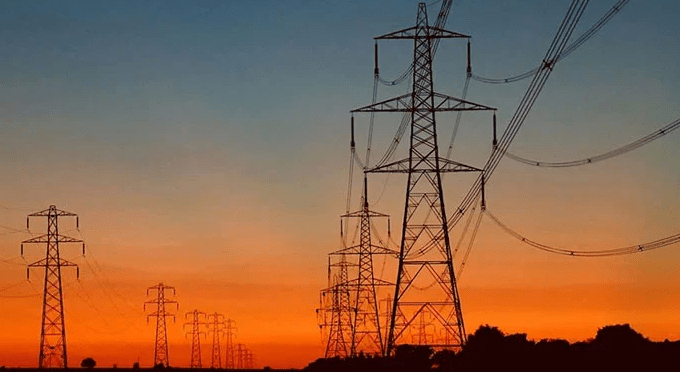
As heatwave-like temperatures spread throughout the nation, sources informed Geo News Sunday that Pakistan’s entire electricity shortage had topped 8,500 megawatts.
According to sources with knowledge of the situation, the nation’s overall energy needs are 28,500 megawatts, but it was only generating around 20,000 megawatts.
On Saturday, the temperature rose to above 40°C throughout the majority of the nation, boosting the need for power for cooling. As a consequence, the demand for electricity increased while the supply remained stagnant.
According to The News, there are several ongoing issues with the country’s electrical supply that affect the general public.
No matter whether it is the summer or the winter, when demand is at its highest, their agony remains unrelenting.
They are without power for one reason or another, whether it’s due to a so-called load management plan, authorized shutdowns, technical power outages, or sharp voltage fluctuations that cause brownouts.
Massive nightly load-shedding, a relatively recent phenomena, has made the already miserable lives of many people who have experienced traumatic power outages much worse.
As a result of these covert actions by the energy industry, nighttime outages have reached an all-time high. According to The News, load shedding now lasts up to three to six hours every day in urban areas, as opposed to one to two hours between 7 p.m. and 5 a.m.
In sharp contrast, the downtime of up to four hours per day was stated.
However, the federal power minister has a different interpretation of what is happening in the nation in terms of electricity supply and demand.
Minister Khurram Dastagir said on Saturday that K-Electric, a privatized company, was not included in the 3% of feeders in the national power system that had daily power interruptions longer than four hours.
He said that a new national record of a total of 30,089 megawatts of electricity consumption had been reached, citing power numbers for June 23, 2023. He said that as much as 92% of feeders in the nation experienced load shedding for little more than three hours each day.
The data provided by the minister, however, did not include power interruptions caused by technical issues or system overloads since it was restricted to the much-heralded load management plan.
People’s issues with brittle electricity transmission and distribution infrastructure are far worse and more agonizing than what the administration suggested.
According to the reports, there is a shortage of 1,000 megawatts in the capital of Punjab, Lahore Electric Power Company (LESCO), where demand is 5,700 megawatts and supply is 4,700 megawatts.








